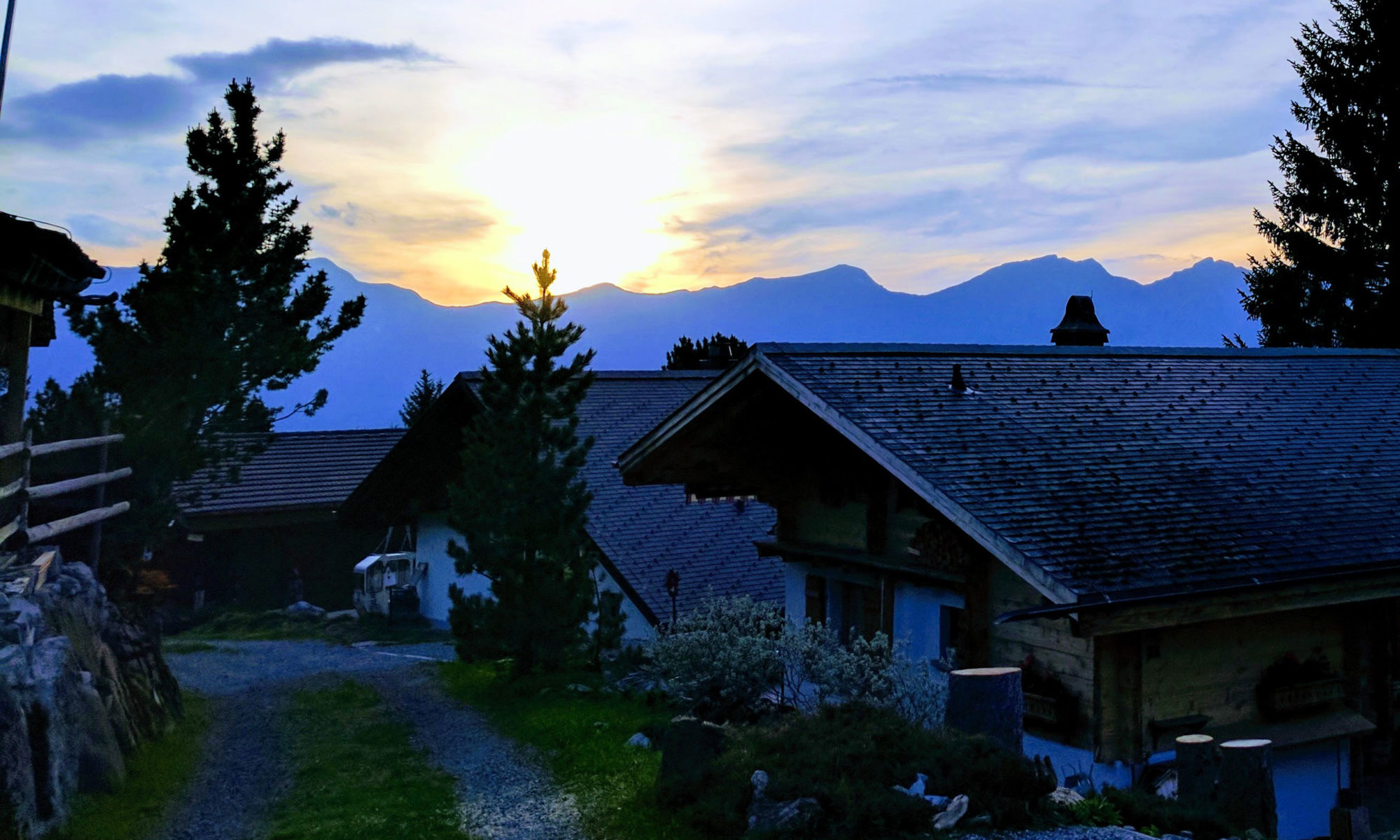I went to Hampi with no plans at all. Zilch. It was a desperate get-out-of-the-city trip and Hampi had been on my list forever. When I mentioned it to the people around me, I got quite mixed reactions so I ended up booking a solo trip and boy, am I glad I did.
The weather was perfect! I would suggest rains as the season to go to Hampi as
- It’s not very crowded then
- The rains make everything look so much more fresh and green it’s mesmerizing
I did a one day trip to the place. So it got very tiring. Don’t get me wrong, I loved the trip to bits. It is one of the best I’ve ever done. And not the tick off your checklist kind of trip, not even close. It actually ended up being a fresher experience than many of the slow trips I’ve done before. I would still suggest a two/three day trip – just so it doesn’t feel like a marathon. On my day in Hampi, I cycled 5 odd kilometres, climbed two hills (one of them twice owing to my stupidi miscalculation), and walked around still more. The next day I found myself so beat, I laid in my bed doing nothing. The same can be done over two/three days, and you’d get to interact more with the awesome travel community in Hampi.

And what a community it is. The hub is a restaurant – Mango Tree. It is a sweet, leisurely shack with really good food. To top it off, they have floor seating with just the right amount of cushioning. It’s hard to pin-point why I preferred going to that place every time – the food, the relaxing seating or the random traveler you’ll inevitably run into. I met two Germans who were roaming around in India for the past few weeks and ended up spending half of my day with them. At dinner I ran into a girl from the states who’d been travelling between India and Thailand teaching yoga. Two other travelers joined us while we were talking and we ended up playing cards for the evening, I also got travelling advice from one of them. Imagine me, an Indian, getting coached on what to see in Hampi, by a German. And it is this advice that led me to cross the river and into the rice fields – so I am eternally grateful.
The major ruins of Hampi are on one side of the Tumgabhadra river. A motorboat and Coracle (which is just a fancy word for a large sturdy basket) is employed by the locals to help people cross the river if they feel like seeing the other side as well. I was drifted across in a coracle. I talked to the guy and he agreed to take me sightseeing on the makeshift dinghy. The ride was very serene and roller-coasterish, because when we reached a shallow end of the river, the guy spun the coracle around in fast circles. Such fun! The entire ride was fifteen minutes but the experience was so surreal, it felt worth it.
On the other side of the river, they have scooties and mopeds for rent. I got one and drove it to the Hanuman temple (also called Monkey Temple) which was a cool vantage point with around 550 step climb.
But more than the temple, it was the ride – scootering among paddy fields, with the wind roaring in my ears and the occasional splatter of rain – which I absolutely enjoyed. I’d never imagined rice could be this beautiful and green..! I feel that a trip to the other side of Tungabhadra is a must for all travelers in Hampi, especially for those who’ve never seen rice fields before.
As for the ruins of Hampi, I joined a guided cycling tour which I happened to run into. The half day tour included cycling to the major archaeological sites and temples with some background information from the guide. The guide, Hanuman, was very patient with our questions and helped cover more sites in greater detail than I could have by myself.
Hampi is one of those places where I feel lucky to have gone. I’d geared up for encountering stories of the land and its history. Little did I know that I would end up finding such colorful people, serene nature and create stories of my own.




































